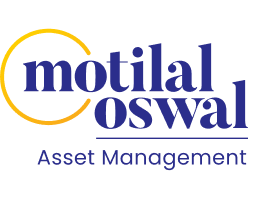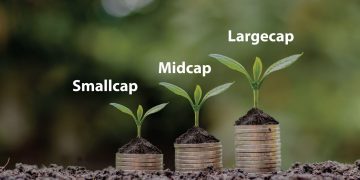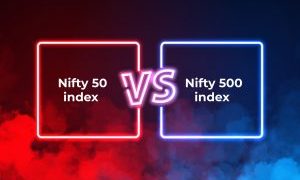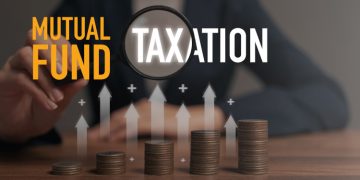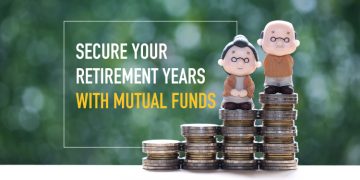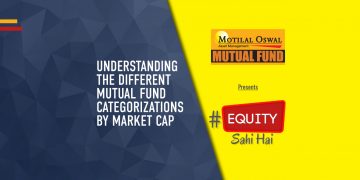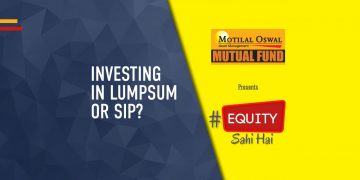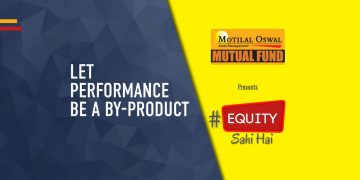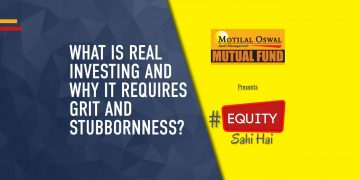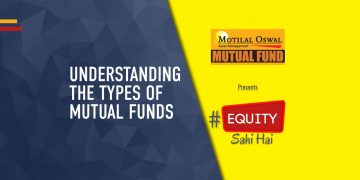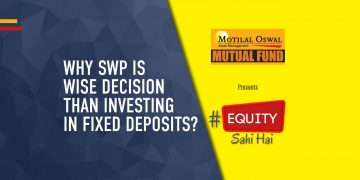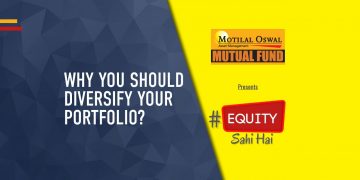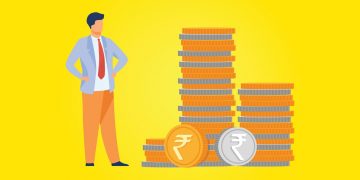Dynamic Fund or dynamic asset allocation is one kind of strategy used as an investment product, amongst others such as Hedge Funds, Equity Funds, Debt Funds, etc. As they constitute of two components in a certain ratio, Dynamic Funds are designed to switch between equity and debt depending on their market conditions, and according to certain valuation metrics, the fund manager(s) shifts the assets. However, Dynamic Funds have their own characteristics and benefit mentioned below.
Read 5 Key benefits of Dynamic Funds;
Benefit of both; two in one

The prime feature about this fund is its ability to switch its asset classes within the asset allocation; even quicker than hybrid funds as this factor aims to select small cap and mid cap stocks and the gains that the equity component can give are much higher and the associated risk is well taken care of by the debt investment. This makes Dynamic Funds less prone to investors’ assets during volatility as it takes charge over the steering wheel away from the hands of the mercurial temperament of the investors.
The time is yours

Since the asset classes switch as per the market conditions, the fund auto-allocates itself according to the varying market trends and leaves you to relax and not panic in times of a market correction. Its factor to calibrate the market is one of the reasons to invest in Dynamic Funds.
Think, execute and chill.

Not all fingers are alike, and similarly, not all investment objectives could be the same. Investors who prefer to plough their money in mutual funds because of their long-term wealth creation objective could take the nature of this fund as an investment option, owing to its lesser volatility. They allow most investors to forget about their investments as they do not have to worry about entry or exit.
Funds that have the potential to give returns

Dynamic funds (implicitly) create an impression or potential of being absolute return funds. They not only define their job as making long term returns with their equity component just like equity funds, but additionally also ensure reducing equity exposure when the markets are high on valuations. Dynamic Asset Allocation is strategically developed to ease equity exposure as stocks tend to become expensive.
Axe your tax

Since Dynamic Funds have an average exposure of 65% to equities, it allows itself to be taxed like other equity funds. Hence, they also seem to benefit tax-free returns if the holding period happens to exceed one year. If not, they are subject to short-term capital gains tax. Speaking of dividend option in other schemes, dividends are tax-free and the treatment of tax is similar to that of debt funds if the average exposure is less than 65%. (For individual nature of tax implications, investors are requested to consult their tax advisors before investing)
